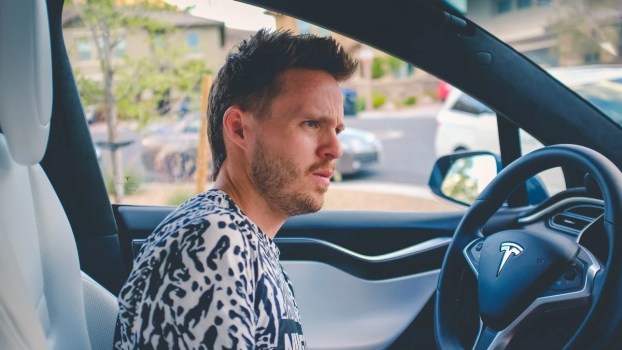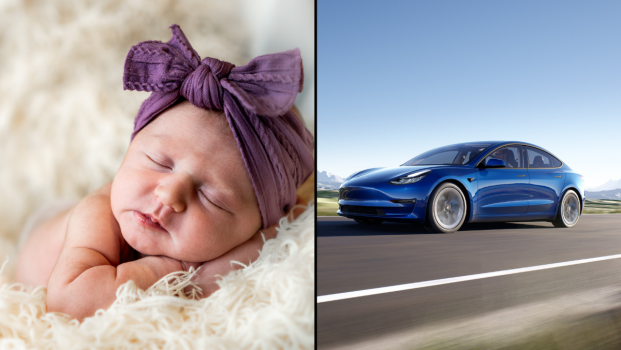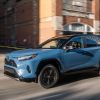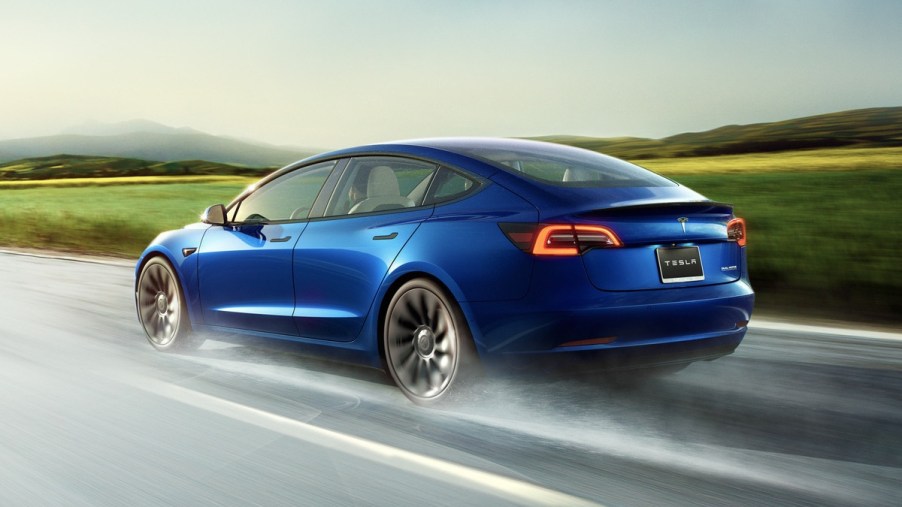
Lawsuit Alert: Tesla Model 3 Autopilot Defect Causes Deaths, Suit Alleges
The Autopilot system in the Model 3 and other Tesla electric cars can improve safety and provide a more convenient ride. However, there have been many crashes using the system — whether from driver misuse or reliability issues. Now, there’s a lawsuit that alleges that a defective Autopilot system in a Tesla Model 3 caused a car crash, leading to the deaths of a married couple in California.
Wrongful death lawsuit against Tesla for defective Model 3 Autopilot system
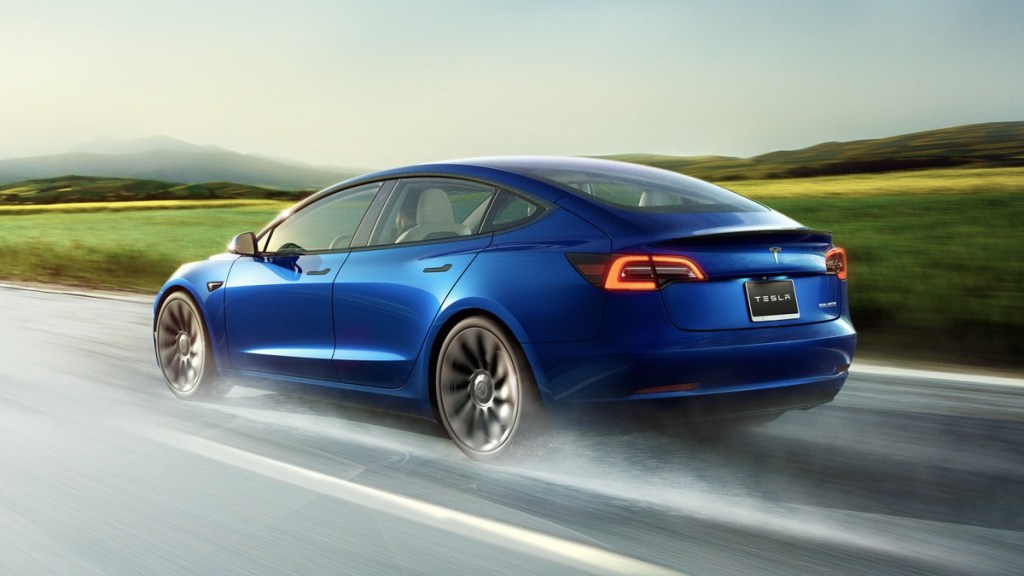
The lawsuit was filed by Tamara Neuhaus and Becky Edwards, the children of the couple killed in the crash, David and Sheila Brown. The plaintiffs contend that their parents “reasonably believed their 2019 Tesla Model 3 was safer than a human-operated vehicle,” per CarComplaints. Plus, the alleged defect caused the Model 3 to accelerate and collide with another vehicle.
Additionally, the lawsuit contends that Tesla falsely advertised the Autopilot system in the Model 3 as being able to “prevent a fatal injury” that results from the electric car “automatically accelerating without the driver controlling the acceleration.”
Along with giving the driver a false sense of security, the system “should have prevented the Model 3 from automatically accelerating” without David Brown controlling the acceleration, according to the suit. Also, the plaintiffs assert that the vehicle didn’t have safe acceleration, operable crash avoidance features, and an effective automatic braking system.
What happened in the Model 3 car accident?
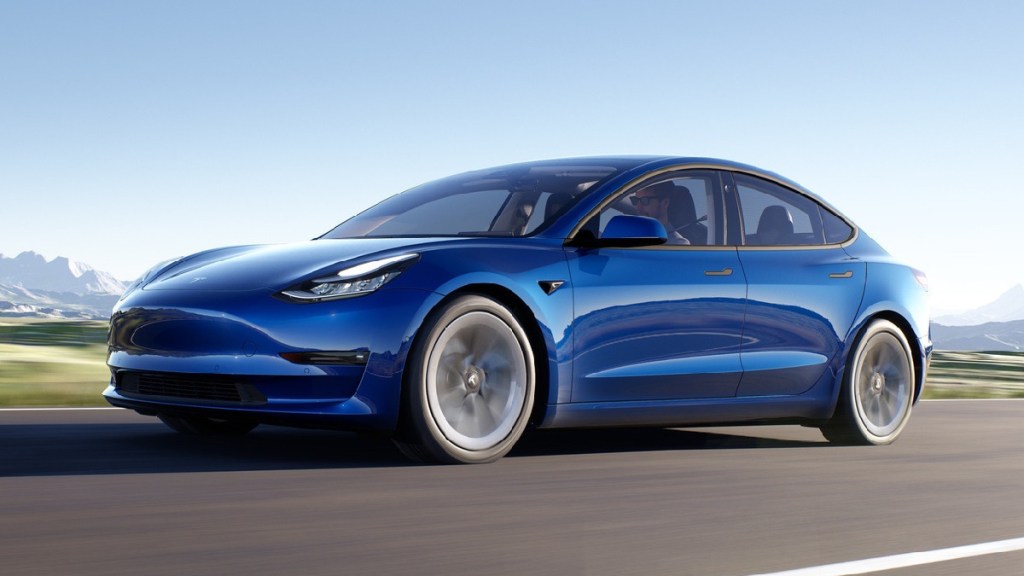
The car crash with the 2019 Tesla Model 3 occurred on August 12, 2020, on State Route 85 in California Bay Area. David Brown was behind the wheel of the electric car — with his wife, Sheila Brown, in the passenger seat.
The lawsuit contends that David Brown had Autopilot engaged on the Model 3. The system featured an adaptive cruise control to match the acceleration to the traffic speeds, as well as an automatic braking system.
Heading northbound on Route 85, the Model 3 approached the off-ramp to Saratoga Avenue. Then, the electric car suddenly accelerated without David Brown’s direction or knowledge — and crashed into a Toyota Sienna minivan multiple times, per the lawsuit. After that, Mr. Brown tried to maneuver his Model 3 down the off-road ramp. However, it automatically accelerated and hit a pickup truck at an intersection. The Model 3 then caught fire, with the EV engulfed in flames.
Following the crash, first responders took the couple to a local hospital. David Brown died shortly after arrival, and Sheila Brown died two days later.
Tesla claims that the driver caused the crash, not Autopilot
In its response to the lawsuit, Tesla claims that the evidence shows that the driver caused the car crash, not a defect with the Autopilot system. The EV automaker states that the National Transportation Safety Board (NTSB) investigated the car accident and determined that at the time of the crash, Autopilot wasn’t activated because David Brown overrode the system.
Tesla asserts that Autopilot couldn’t have caused the crash — since it doesn’t function at speeds over 90 mph. The NTSB found that during the car accident, the Model 3 collided with the Toyota Sienna minivan at 114 mph and the pickup truck at 110 mph. By pressing the accelerator pedal, David Brown overrode the Model 3’s Autopilot system. This acceleration input from Brown, along with his steering, caused the accident, contends Tesla.
The name of the Tesla Model 3 Autopilot lawsuit is Becky Edwards and Tamara Neuhaus v. Tesla, Inc. It was filed in the Superior Court of California, Santa Clara County.
